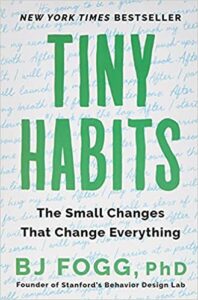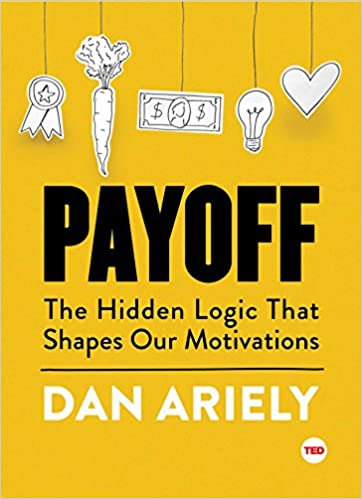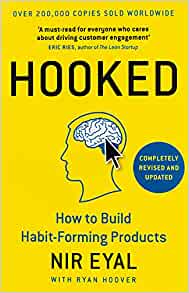Find training resources related to behavior design.
Popularized by Stanford University Behavior Design Lab founder Dr. BJ Fogg, behavioral design thinking is a model and theory that seeks to understand behavior and the role it plays on consumer action. Behavioral design, or behavior design, will be explored in more detail in this blog post. We’ll also highlight a few helpful resources for behavioral design training, including expert videos and books to review. (You can also contact us for recommendations for training, workshops, projects, and in-depth studies.)
What is behavioral design?
Behavioral design is a method seeking to understand how people think and how they make decisions. The method relies on psychology, design, technology, and creative human processes. In other words, it combines design thinking with the science of influence to change people’s behavior in a way that solves a problem.
The first piece of this is the Fogg Behavior Model, created by Dr. BJ Fogg, which shows three elements that must converge at the same moment for a behavior to occur: motivation, ability, and a prompt. When a behavior does not occur, it’s because at least one of those elements was missing.
For more information about this model, check out two videos from Stanford University that explains how motivation changes over time and what happens when there are competing motivations.
The COM-B Model for Behavior Change is another way to understand behavioral design. This model explores three key factors capable of changing behavior:
- Capability (C) – psychological and physical ability to participate in an activity
- Opportunity (O) – external factors that make a behavior possible
- Motivation (M) – conscious and unconscious cognitive processes that direct and inspire behavior
Behavior is influenced by many factors, and COM-B seeks to understand how these behavioral changes are induced by modifying one of these three components. The model was developed in 2011 and is a piece of a behavioral change wheel framework, also developed by Susan Michie, Maartje van Stralen, and Robert West.

The innovator scorecard is an interesting free assessment that was inspired by the COM-B model that helps you look at your behavior (and ultimately make positive changes) in the context of innovation.
Behavioral Design Books and Other Behavioral Economics Resources to Explore
Tiny Habits: The Small Changes that Change Everything

Dr. BJ Fogg’s book shares important insights and guidance formed from over 20 years of research. Fogg provides a simple guide to help individuals form design habits that will stick through positive emotion and celebrating small successes. From a design thinking perspective, it offers insights into human behavior that are valuable for any design related project or initiative.
Payoff: The Hidden Logic That Shapes Our Motivations

Dan Ariely reveals fascinating new insights into motivation in his 2016 bestseller. With a wide array of studies to draw from, Ariely digs deep to find the root of motivation, including how it works and how we can use this knowledge to approach important choices in our own lives.
Hooked: How to Build Habit-Forming Products

Nir Eyal provides a guide to building products that people use because they want to, not because they have to. In this read, you’ll find powerful but practical insights to create habits that stick and behavioral techniques used by some of the best companies to develop habit-forming products.
Tiny Habits Academy
Dr. BJ Fogg offers a free Tiny Habits Academy course online that teaches people how to create lasting habits quickly and easily. Learn more about the program on their website.
Behavior Wizard
An interactive tool from the Stanford Behavior Design Lab that’s great for understanding your own behaviors and motivations.
The Bean Approach
Explored in this HBR article, BEANs stand for Behavior enablers, artifacts, and nudges:
- Behavior enablers: tools or processes that make it easier for people to do something different
- Artifacts: things you can see and touch that support the new behavior
- Nudges: promote change through indirect suggestion and reinforcement
This article outlines how to use BEANs in innovation and design thinking specifically to break down common barriers that prevent organizations from innovating. This includes things like perceived costs, lack of time, as well as organizational inertia, or the idea that organizations are built to deliver predictable, reliable results (the exact opposite of innovation).
Behavioral Design Training Conclusion
These training resources can be used to understand this unique methodology for innovation. Contact us for workshops and training to bring innovation to life at your organization.
